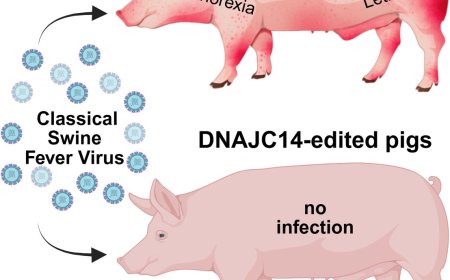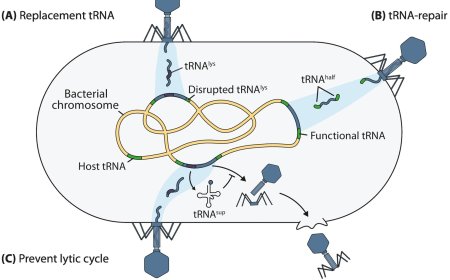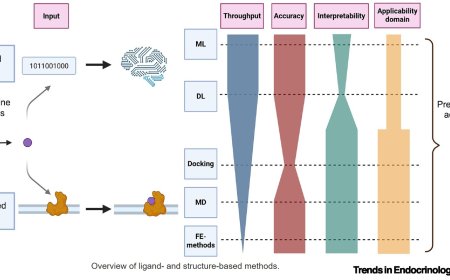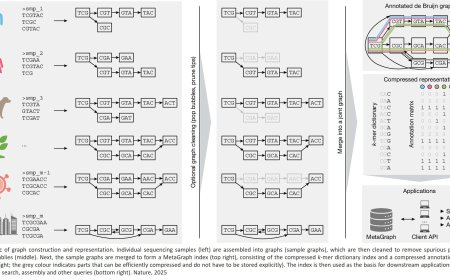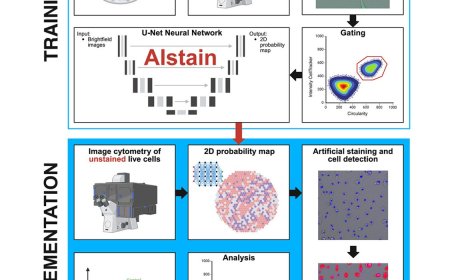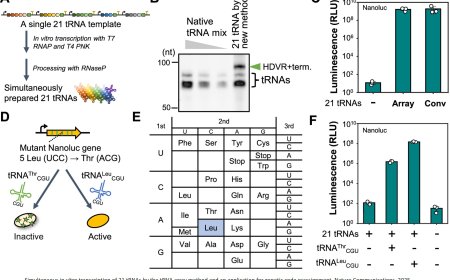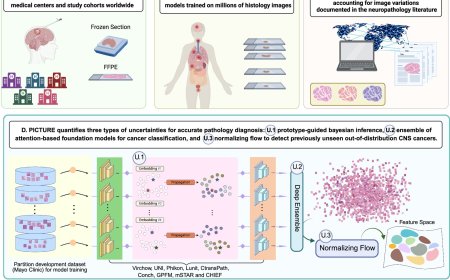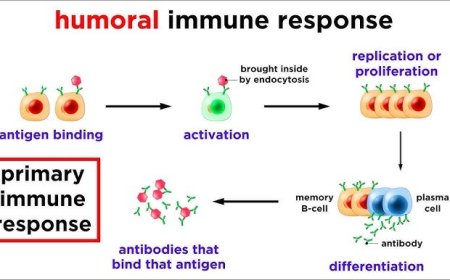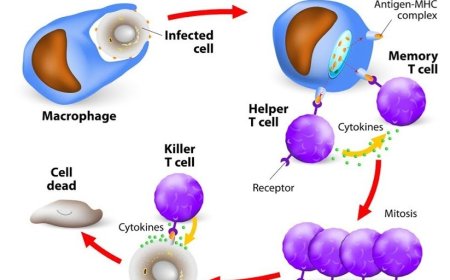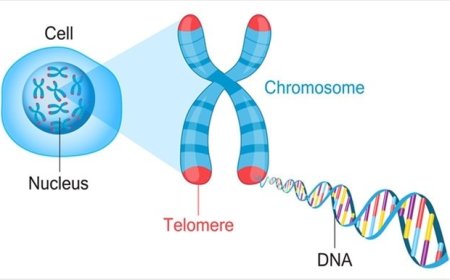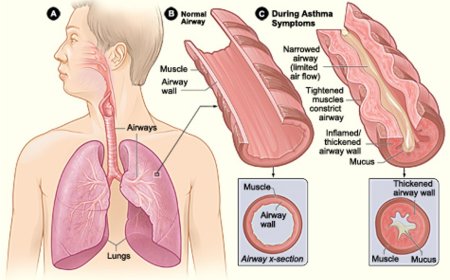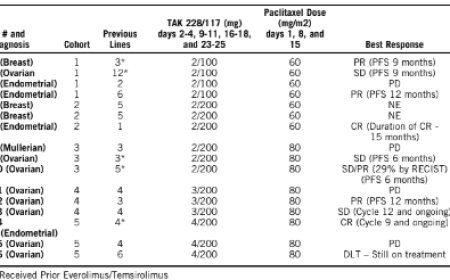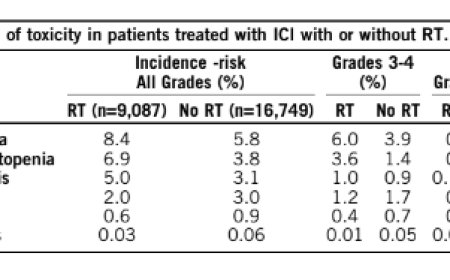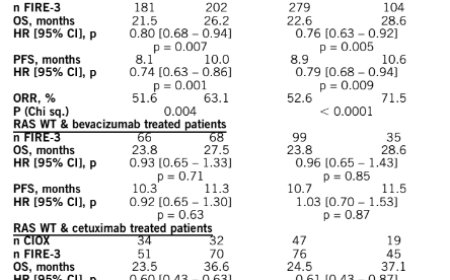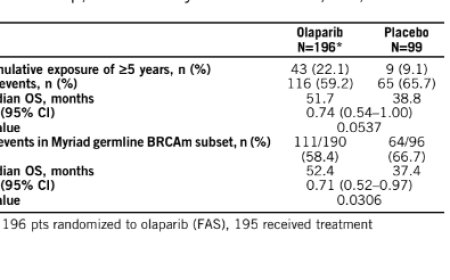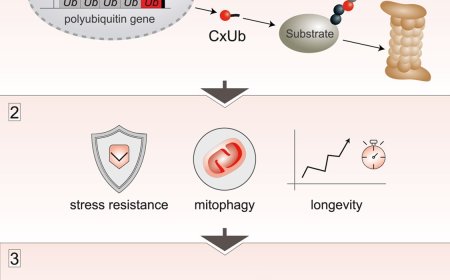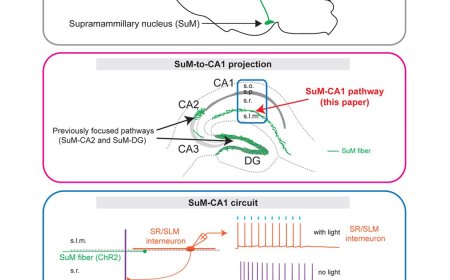Regulated cell death pathways involving mitochondrial dynamics and pore formation
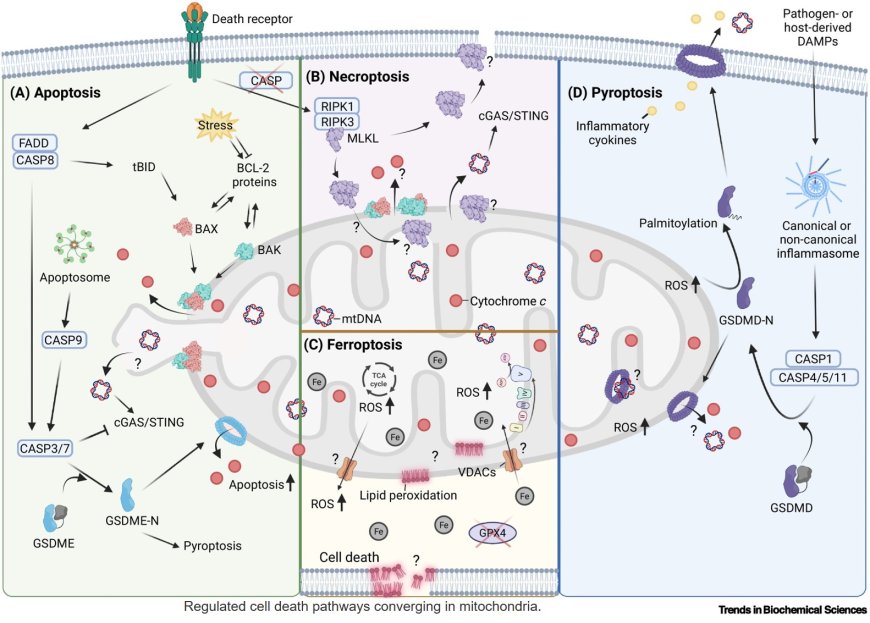
Different forms of cell death share a common feature – dramatic remodeling of the mitochondrial network. This includes membrane permeabilization as well as changes in mitochondrial dynamics, lipid composition, and loss of membrane potential.
The control of the barrier function of mitochondrial membranes via the opening of membrane pores by cell death effectors, such as BAK, BAX, and others, plays key roles in cell death execution and in the inflammatory outcome of cell death.
The development of high-resolution single-molecule imaging and its application to the study of mitochondrial membrane complexes has increased our understanding of membrane permeabilization during apoptosis.
Multi-correlative microscopy has further enabled the simultaneous analysis of the copy number and nanoscale organization of individual protein complexes in relation to mitochondrial ultrastructure.
https://www.cell.com/trends/biochemical-sciences/fulltext/S0968-0004(25)00219-1

